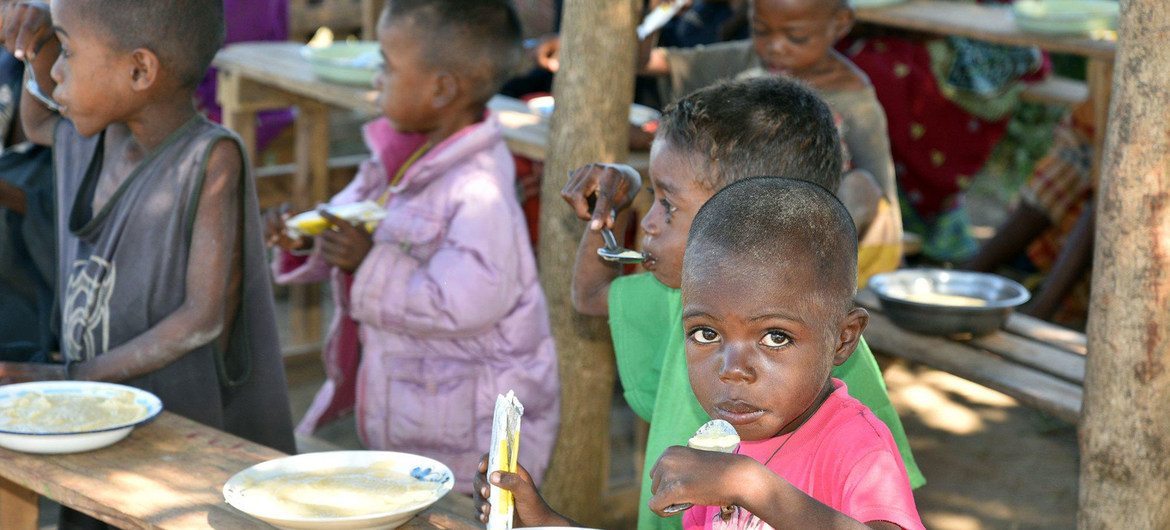The UN food agency warned on November 8 that the number of people teetering on the edge of famine in 43 countries, has risen to 45 million – up by three million this year – as acute hunger spikes around the world.
This number has risen from 42 million earlier in the year, and 27 million in 2019, the UN World Food Programme (WFP) said in a news release.
The UN agency says global hunger spiked by three million within a year, with conflict, climate change and COVID main driving factors.
WFP said that together with humanitarian partners in hunger hotspots across the world, they are doing everything possible to increase aid for millions who risk starvation. However, available resources are unable to keep pace with demand, at a time when traditional funding streams are under huge strain.
WFP estimates that the cost of averting famine globally now stands at US$7 billion, up from some US$6.6 billion, earlier in the year.
The agency said families facing acute food insecurity, are being forced to make “devastating choices to cope with the rising hunger.”
A vulnerability analysis across the 43 countries surveyed, shows families being forced to eat less, or skip meals entirely. Sometimes children are being fed, while parents sacrifice meals, and are forced to go hungry.
“Meanwhile media reports from Afghanistan point to families reportedly being forced to sell their children in a desperate attempt to survive,” it said.
Multiple droughts in Afghanistan were combining with an economic meltdown to push families to the edge, while some 12.4 million people in Syria do not know where their next meal will come from – more than any time during the decade-long conflict, it said.
Increases in acute hunger are also being seen in Ethiopia, Haiti, Somalia, Angola, Kenya, and Burundi, the Rome-based agency said.




